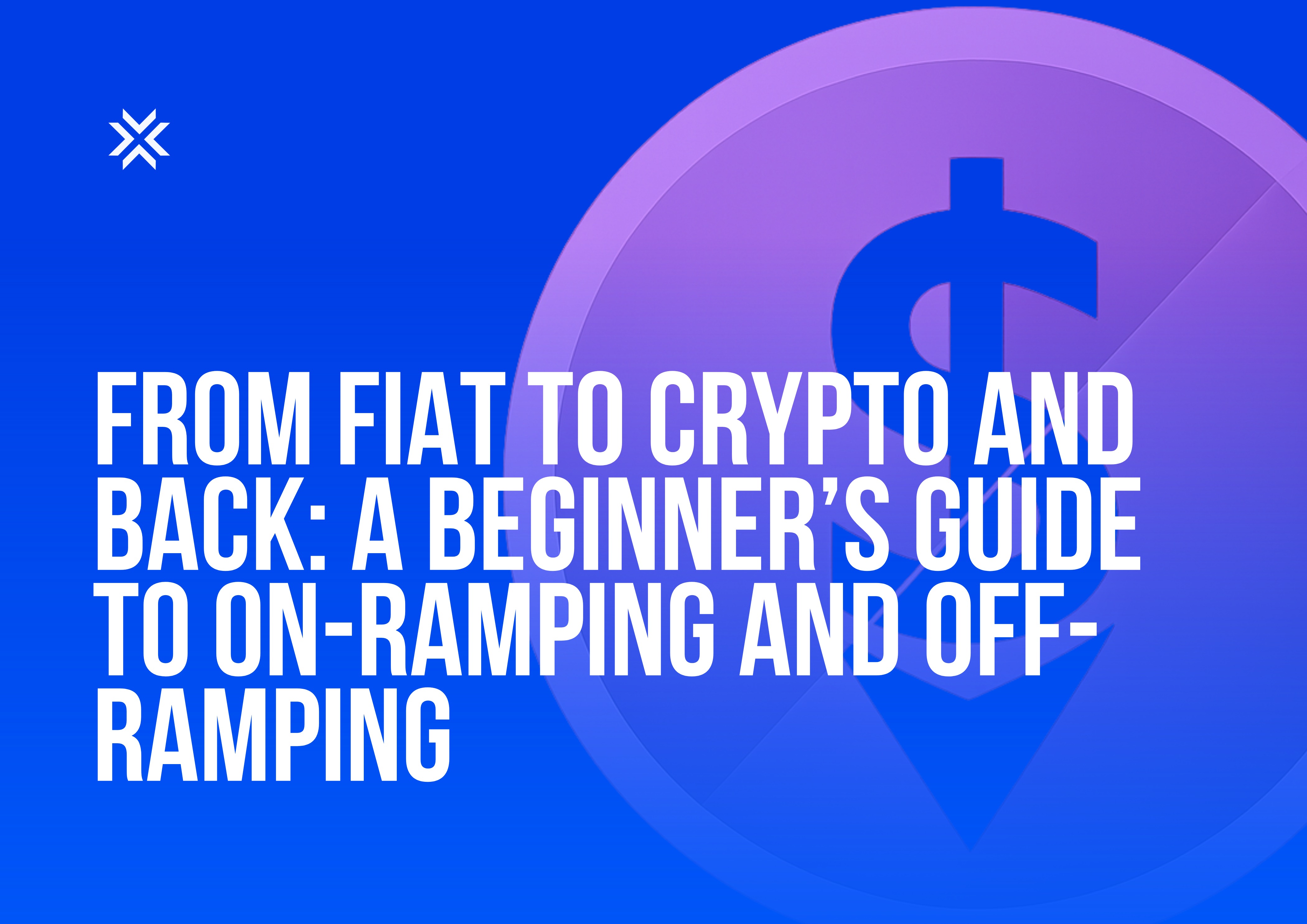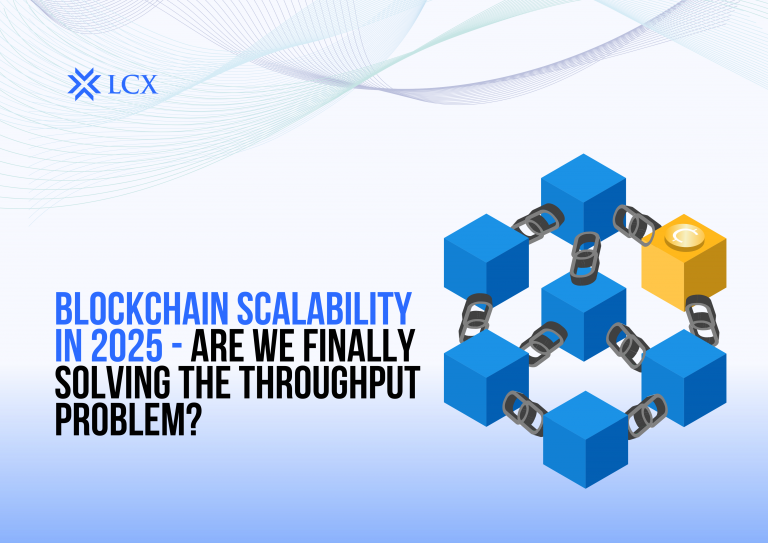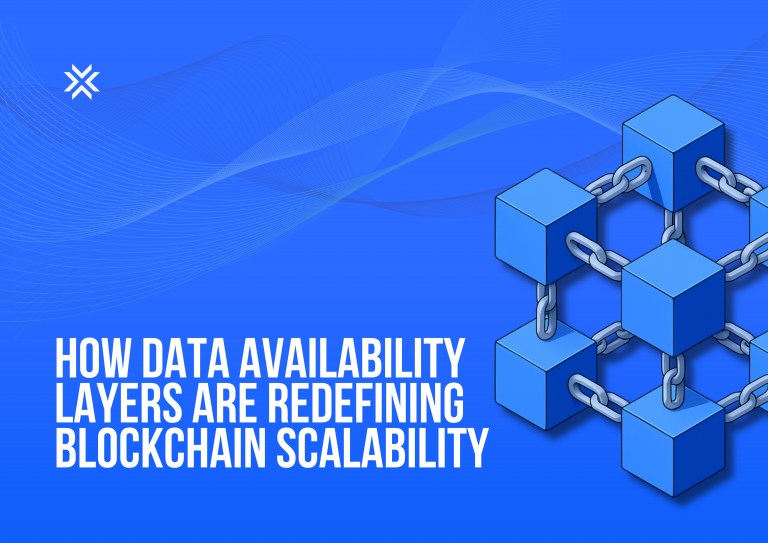Cryptocurrency offers exciting possibilities, but before you can participate, you need to understand how to move between traditional money (fiat) and digital assets. This process is commonly described as on-ramping and off-ramping. These gateways are essential for anyone entering or exiting the crypto world, making them key concepts for beginners.
What Is On-Ramping?
On-ramping is the process of buying cryptocurrency with fiat currency. It’s your entry point into the digital asset ecosystem. When you transfer money from your bank account, card, or other payment method to purchase crypto, you are using an on-ramp.
In simple terms, on-ramping allows you to swap your everyday currency, such as dollars or euros, for cryptocurrencies like Bitcoin or Ethereum. Without it, accessing the crypto economy would be extremely difficult for new users.
What Is Off-Ramping?
Off-ramping is the reverse process—converting your cryptocurrency back into fiat money. This is how you “cash out” your digital assets and use them in the traditional financial system.
For example, if you sell a portion of your crypto holdings and withdraw the funds into your local currency, that’s off-ramping. It ensures that the value you build in the digital economy can be realized and used in daily life, such as paying bills or making purchases.
Common Ways to On-Ramp and Off-Ramp
There are several methods to move between fiat and crypto, each designed for different needs:
- Centralized Platforms
- These are online platforms where users can deposit fiat money and exchange it for cryptocurrency, or vice versa.
- Pros: Generally quick, easy to use, and widely accessible.
- Cons: May involve transaction fees and regulatory verification steps.
- These are online platforms where users can deposit fiat money and exchange it for cryptocurrency, or vice versa.
- Over-the-Counter (OTC) Services
- Ideal for larger trades that might otherwise affect prices if done publicly.
- Pros: Can handle large volumes with minimal market impact.
- Cons: Often tailored to experienced or high-volume traders.
- Ideal for larger trades that might otherwise affect prices if done publicly.
- Peer-to-Peer (P2P) Marketplaces
- These connect individuals directly to buy or sell crypto using escrow systems for security.
- Pros: Flexible payment options and direct negotiation.
- Cons: Transactions can be slower, and users must be cautious to avoid scams.
- These connect individuals directly to buy or sell crypto using escrow systems for security.
Key Considerations: Fees, Speed, and Security
When choosing an on-ramp or off-ramp method, beginners should weigh three critical factors:
- Fees – Transaction fees, spreads, and withdrawal costs vary widely. Always check the full cost before proceeding.
- Speed – Some payment methods, such as cards, can be nearly instant, while bank transfers or P2P trades may take longer.
- Security – Protecting your funds is essential. Look for platforms or methods with strong security practices, and always use additional protection such as two-factor authentication.
Practical Tips for Beginners
- Start Small – Begin with modest amounts until you’re comfortable with the process.
- Verify Before Sending – Always double-check wallet addresses and details, as blockchain transactions cannot be reversed.
- Understand the Costs – Be aware of both network fees (for blockchain transactions) and service fees (for conversions).
- Use Escrow When Needed – For peer-to-peer trades, only transact with escrow to reduce risks.
- Enable Security Features – Activate two-factor authentication and use strong, unique passwords.
Why On- and Off-Ramps Matter
On-ramps and off-ramps are the essential bridges between the traditional financial world and the blockchain economy. They enable new users to enter the market with ease and allow existing users to realize their gains in real-world terms.
By understanding how these processes work, paying attention to fees and security, and starting small, beginners can confidently navigate their first steps in cryptocurrency. Efficient on-ramping and off-ramping not only make crypto accessible but also ensure that digital assets remain practical and usable in everyday life.









